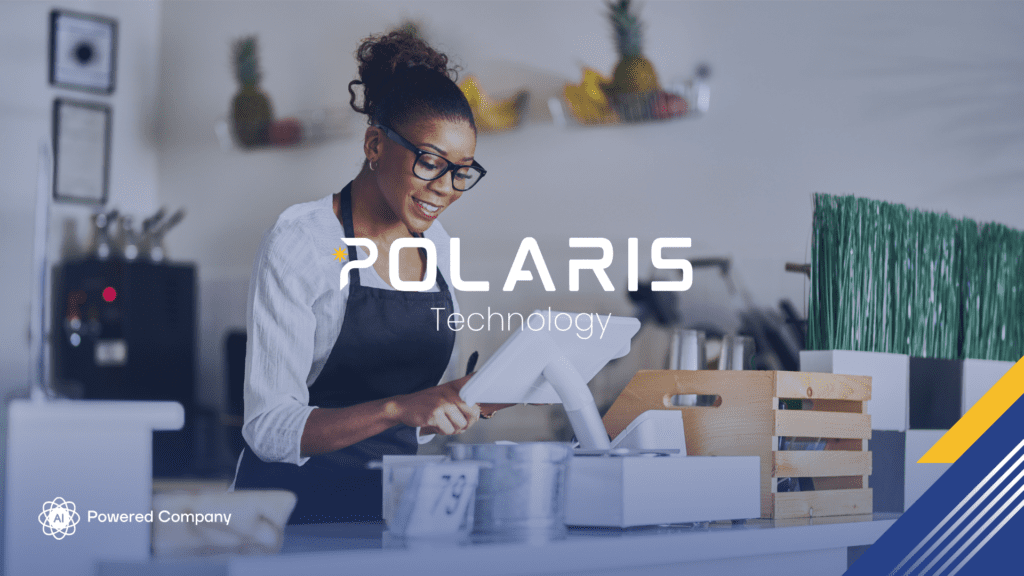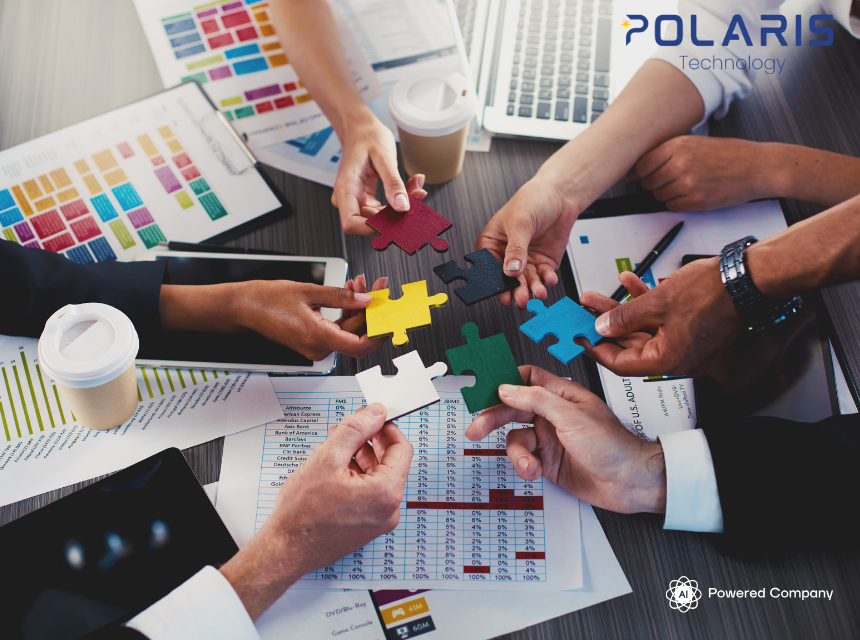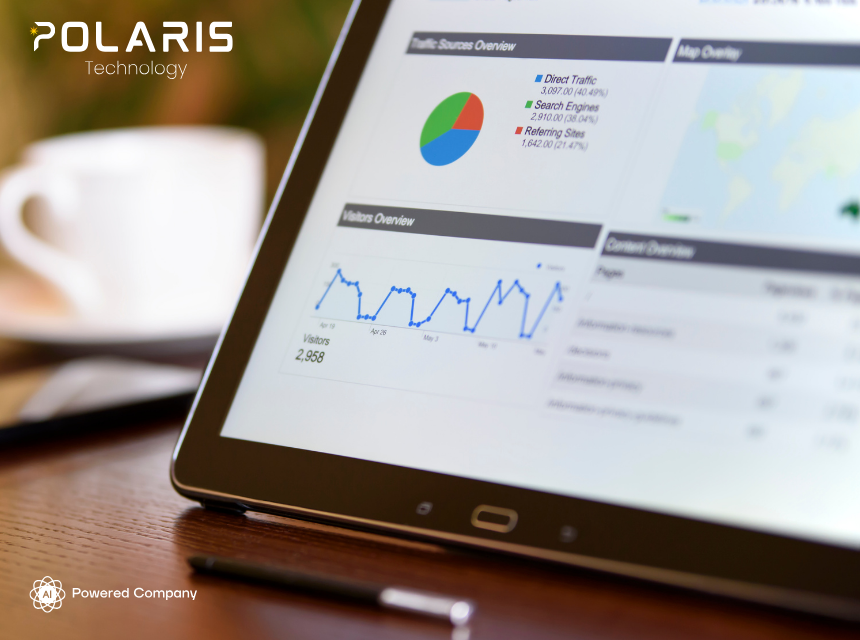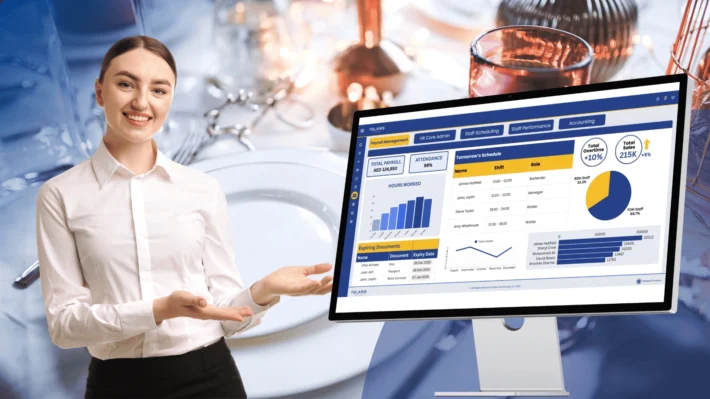Five Reasons Why You Need a Restaurant Accounting System in 2025

In the intricate world of food and beverage (F&B), a Restaurant Enterprise Resource Planning (ERP) software is a specialized tool that integrates Front of House (FOH) activities, like customer service and order processing, with Back-Office (BO) operations, covering accounting, financial management, inventory control, and administrative tasks. This blog explains why you need a restaurant accounting system in 2025. Let’s dive in.
What Is a Restaurant Accounting System?
An accounting software for restaurants is part of an enterprise resource planning (ERP) software specialized in the dynamic world of food and beverage (F&B). It integrates Front of House (FOH) with Back-Office (BO) operations. FOH include customer service activities like guest greeting, order taking, point of sale (POS) transactions, serving customers, or upselling and promoting menu items. On the back end of a restaurant business lies the accounting work, alongside financial management, inventory and procurement control, human resources, and other administrative processes.
In a classical restaurant business that relies on a POS system, front of house inputs, such as orders or deliveries, need to be manually entered in the accounting system. Besides the fact that this is a highly cumbersome task that only gets more tedious as the size and orders of the restaurant increase, it also leaves room for human errors. These aspects make restaurant businesses vulnerable to operational inefficiencies.
On the contrary, Restaurant Software allows the integration of FOH with the accounting module in a seamless process. Furthermore, unlike integration with alternative ERP, not specialized in the F&B industry, a food and beverage accounting software is natively built into a restaurant ERP system, ensuring 100% compatibility between the FOH and BO operations. This leads to improved efficiency and accuracy.
Why Do You Need a Restaurant Accounting Software?
1. Automatic processes, minimizes human error
Restaurant operations involve a myriad of tasks, from inventory management and order processing to financial transactions. The introduction of an ERP with built-in restaurant financial software automates these processes. For instance, automatic order tracking and invoicing ensure accuracy from the moment a customer places an order to the final transaction.
Manual data entry is subject to errors, especially in a bustling restaurant environment. Misplaced decimal points, typos, or miscalculations can have a cascading impact on inventory levels, financial records, and overall profitability. An ERP with accounting software module acts as a vigilant guardian against such errors by automating repetitive tasks, diminishing human oversight.
2. Linking Front of House and Back Office with Accounting Software for Restaurants

Restaurants need accounting software primarily for the seamless connection it provides between Front of House (FOH) and Back Office operations.
This connection ensures a synchronized flow of data, connecting customer-facing activities at the FOH with the essential financial and administrative tasks in the Back Office.
From the recording of every-day orders, to receiving new items at the front of house, all these and other FOH processes are automatically processed and synchronized with the accounting software, so that the accounting module automatically receives the data from the FOH staff.
By allowing instantaneous updates and real-time insights, this integrated approach enhances operational efficiency, empowers timely decision-making, and contributes to an overall cohesive restaurant management system.
3. Financial Accuracy for Restaurants’ Financial Health
Accuracy in financial records is non-negotiable for the success of any restaurant. With automated accounting processes, an ERP system ensures that financial data, including revenue, expenses, and profit margins, are recorded with precision. This not only provides an accurate snapshot of the restaurant’s financial health but also facilitates informed decision-making for future growth.
Record of all financial transactions happening in the restaurant, information about cash management, expense tracking, accounts payable and accounts receivable activities are constantly monitored and interconnected, making accurate financial reporting easier.
4. Real-Time Decision Making
A suitable food and beverage accounting software for restaurant management provides real time reporting across different financial or accounting dimensions, such as cash flow, inventory management, waste management, profits and losses, and so much more.
With a precise clarity on these dimensions, at any given time, you can make real time informed decisions about any operational or growth plans, such as:

In a classical POS environment, not natively synced with an accounting software, accountants need to gather data across multiple systems (cash flow, forecasted demand versus forecasted expense, profit & loss, etc.), which can take a long time to produce a detailed and well informed report.
Not having immediate visibility on the internal financial health makes restaurant businesses vulnerable to increased expenses or missed opportunities.
5. Enhanced Agility, Allows Focus on Growth
The power of an ERP system stays in the incorporation of automated workflows. Tasks like data entry, reconciliation, or report generation can be done in seconds, by employees at various organizational levels, with or without accounting experience. This contributes to streamlining the operational processes.
The accounting software combined with the real-time data analytics allows restaurant owners to always be informed about all financial transactions, having visibility on all expenses and sales, allowing them to make fast and informed decisions.
Moreover, a restaurant accounting system improves collaboration between different internal departments by real time data sharing, but also with external stakeholders, like tax authorities and suppliers.
Who Is the Restaurant Accounting System for?
Polaris Technology’s Restaurant ERP with accounting software module caters to a diverse audience, addressing the needs of both small, single-branch restaurants and larger entities such as multi-branch franchises or food chains with complex processes. Whether you run a cozy bistro or manage a network of branches, the system is designed to streamline processes, minimize errors, and provide real-time insights, offering a tailored approach to enhance operational efficiency across the spectrum of restaurant businesses.
Chinese Palace Restaurant Group has been using Polaris Technology’s Restaurant ERP with accounting module for Four (4) years, reaching impressive results across more than 50 branches:
- Improved supply chain and inventory management
- Streamlined procurement and reduced wastage
- Improved cost control and profitability
- Enhanced operational efficiency
These results allowed the company to achieve 27% resilient expansion in only one year from using our Restaurant ERP with accounting module solution.
Smaller F&B retailers, like the food truck business Hoop Desserts and Shakes reduced raw material wastage by 20%, translating into direct cost savings of 12% within the first year of implementing Polaris ERP. In addition, with Polaris ERP’s accounting module, integrated with the menu engineering functionality, Hoop Desserts and Shakes increased revenues by 15% by maximizing profitability of the top selling items.
Restaurant accounting software is swiftly transitioning from a conventional tool to a vital system, imperative for achieving sustainable growth in 2024. While numerous restaurant POS options in the market can integrate with accounting software, a native restaurant ERP software guarantees 100% seamless data flow between Front of House and Back Office, ensuring spotless data accuracy and integrity.
Related Posts:
Ready to see it in action?
Book a free demo
7 Comments
Comments are closed.




[…] Restaurant Accounting Software 2024 The Best Restaurant ERP in 2024 […]
[…] Restaurant Accounting Software Menu Engineering Best Restaurant ERP […]
[…] ERP offers many features that are meant to make managing restaurant operations easier and more efficient. Some of the core features of the […]
[…] Orders pour in from multiple apps, each managed on separate systems. And let’s not forget accounting, which becomes even more complicated during this hectic […]
[…] the heart of an ERP system stays the accounting software, capturing data from across all data points: revenue, purchase and other expenses. Polaris ERP […]
[…] Understanding the Unique Accounting for Restaurants […]
[…] 7. Consolidated Financial Reporting […]